
Why Winterizing is Important?
Winter can be harsh on your home. Cold temperatures, snow, and ice can cause damage to your property, leading to costly repairs.
Preparing your home for winter helps protect it and keep you comfortable. To enjoy the season to its fullest you need a headstart.
Taking preventive steps for winter now can help you avoid costly risks such as frozen pipes, roof leaks, and skyrocketing energy bills.
This slideshow summarizes everything you need to do to be ready for winter. Swipe up to know.

Protect Your Pipes
Frozen pipes can burst and cause significant water damage. Insulate all exposed pipes, especially those in unheated areas like basements or attics.
Foam pipe insulation is an affordable solution and easy to install. Fiberglass pipe wrap, pipe heating cable, and rubber pipe insulation work well in extreme cold conditions.
Keep a slow trickle of water running through faucets to prevent pipes from freezing during severe temperature drops.

Inspect and Clean Gutters
Before winter sets in, clean out your gutters to prevent blockages. Clogged gutters can cause water to back up, freeze, and damage your roof.
Regularly inspect downspouts to ensure they’re clear of debris. Consider adding gutter guards to make future cleaning easier and prevent potential ice dams.
Consider Installing downspout strainers that fit into the top of downspouts and catch debris before it clogs the drainage system. They’re inexpensive and easy to install.
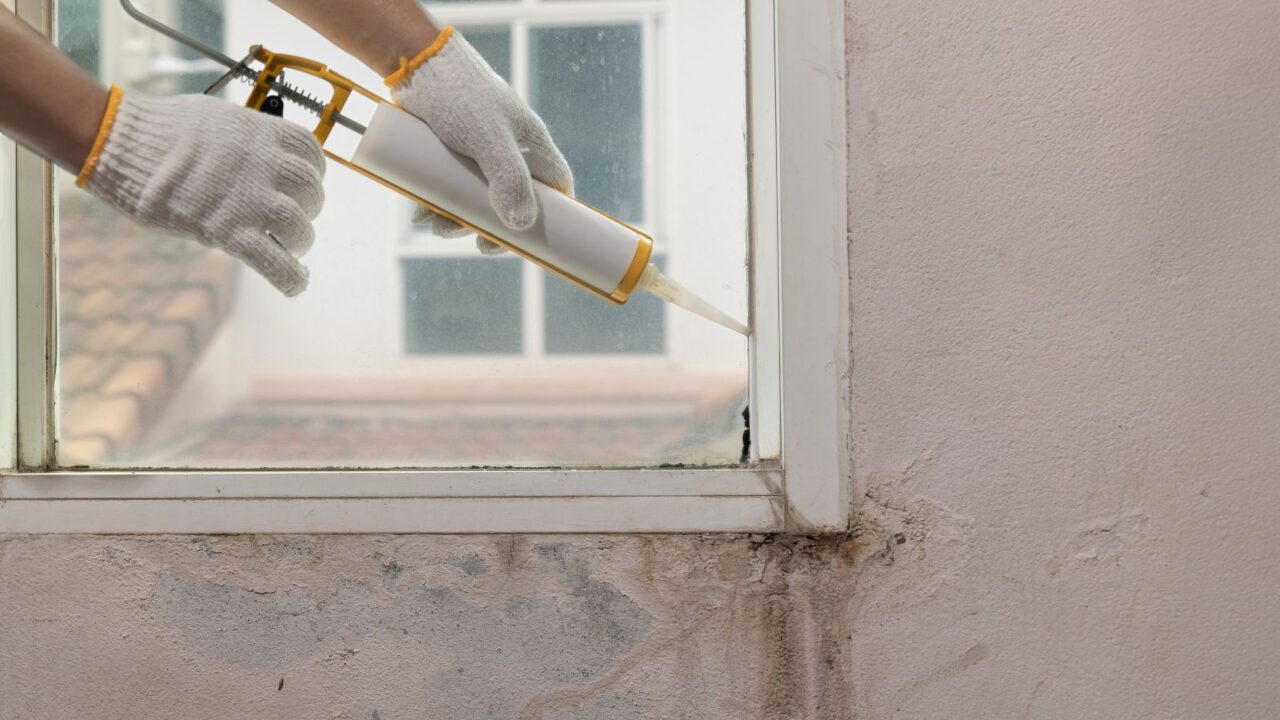
Seal Air Leaks
Gaps in windows and doors can significantly increase your heating costs. Check for drafts around windows and door frames and seal any gaps with caulk or weatherstripping.
Use high-quality caulk to seal them. Ensure the area is clean and dry before applying.
This simple step can make a huge difference in keeping your home warmer and more energy-efficient throughout winter.

Service Your Heating System
Your heating system is your primary defense against the cold. Have your furnace or heating system serviced annually to ensure it’s running efficiently.
Replace dirty filters, and check for any leaks or blockages. Ensure the thermostat is functioning properly to avoid breakdowns during the coldest months.
By servicing your furnace and ensuring proper insulation, you can also lower your heating costs, saving money in the long run.
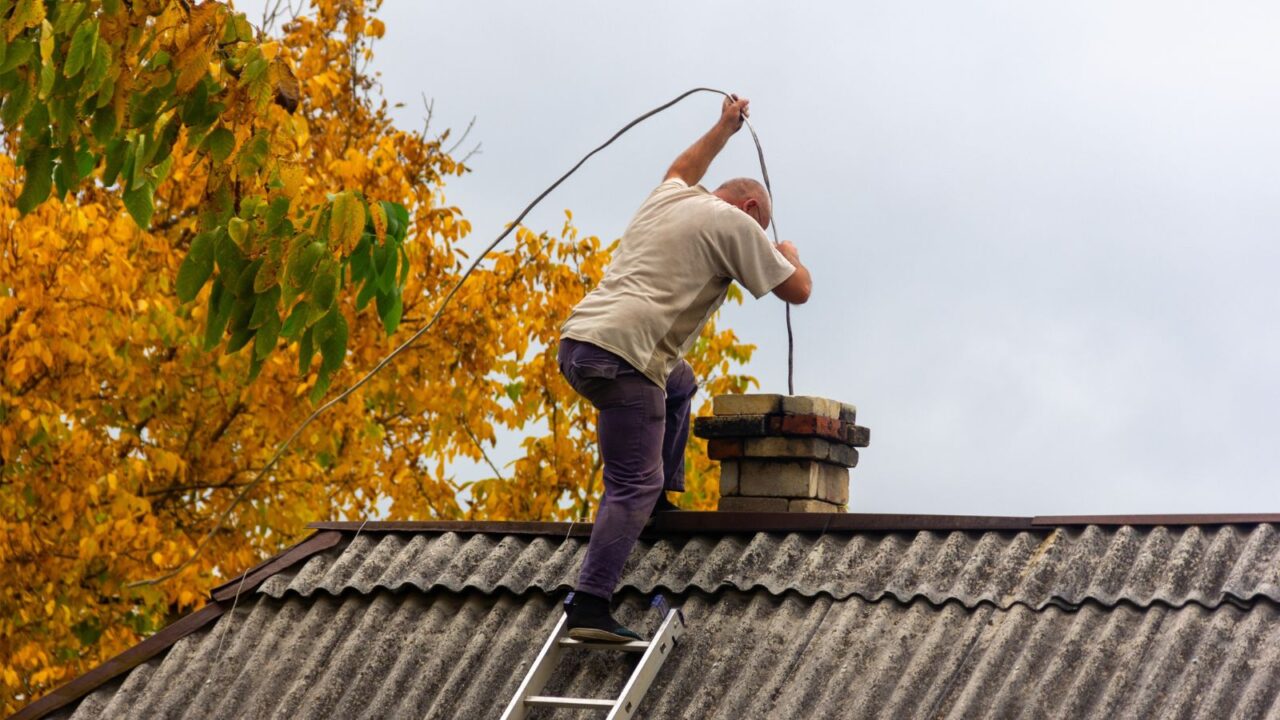
Clean and Inspect Your Chimney
If you have a fireplace, it’s essential to have your chimney inspected and cleaned before winter.
Soot and creosote buildup can create a fire hazard, while cracks in the chimney can allow cold air and moisture to enter your home.
Stock up on firewood and set up a rack near your fireplace to have wood easily accessible during winter.
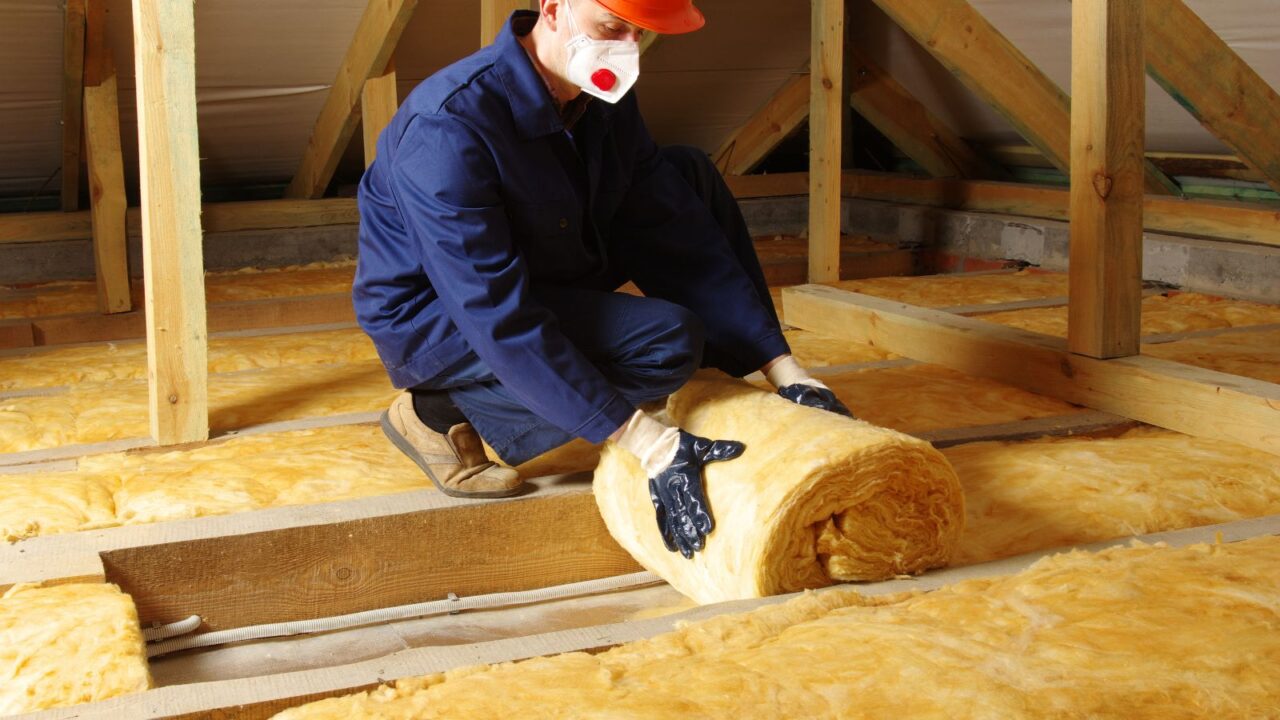
Insulate Your Attic
A properly insulated attic can prevent heat loss and lower your heating bills. On the other side, inadequate insulation can lead to the formation of ice dams, which can cause water damage.
Use insulation that suits your region’s climate to keep warm air in your living spaces and maintain a balanced attic temperature.
Further, you can use hybrid systems for optimal results. For example, batts or blown-in insulation for the floors and spray foam for sealing gaps can be used.
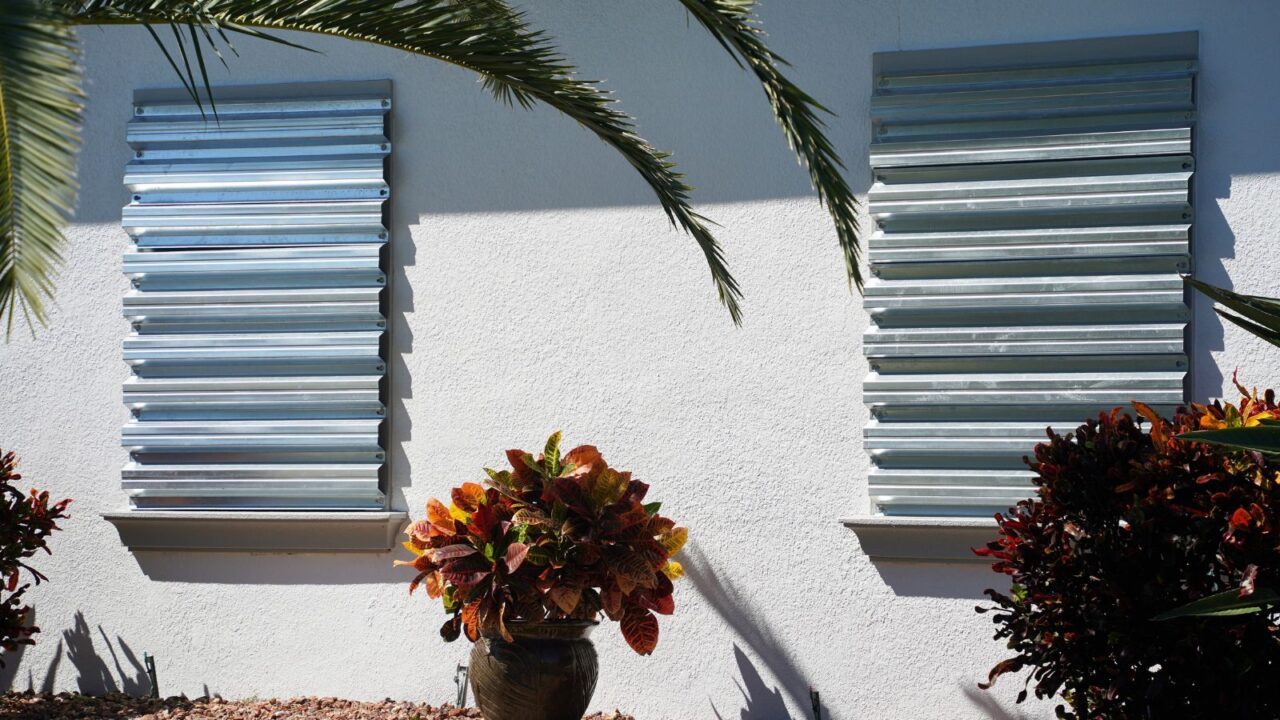
Install Storm Windows
Create an extra layer of insulation with storm windows.
Storm windows trap a pocket of air between the storm panel and your regular window, which helps keep the cold out.
The best thing is they help lower your heating bills significantly. Studies suggest that homes with storm windows can see energy savings of 10-20%. It’s the best investment for colder months ahead.
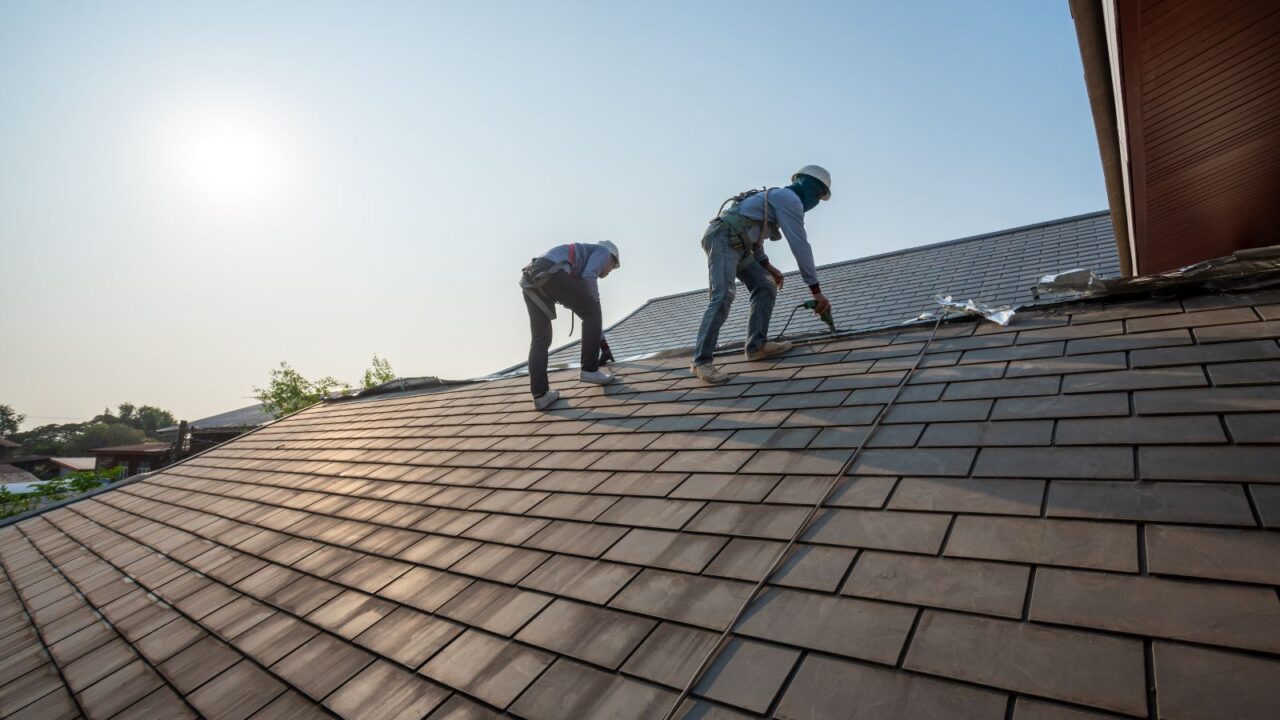
Check Your Roof
Inspect your roof for any loose, damaged, or missing shingles before the first snowfall. Heavy snow can cause damage if your roof isn’t in good condition.
Checking your roof for loose shingles and sealing any leaks will prevent water from seeping in.
Consider hiring a professional to fix any issues before they become more severe. Roof repairs are much easier and safer when done before winter hits.
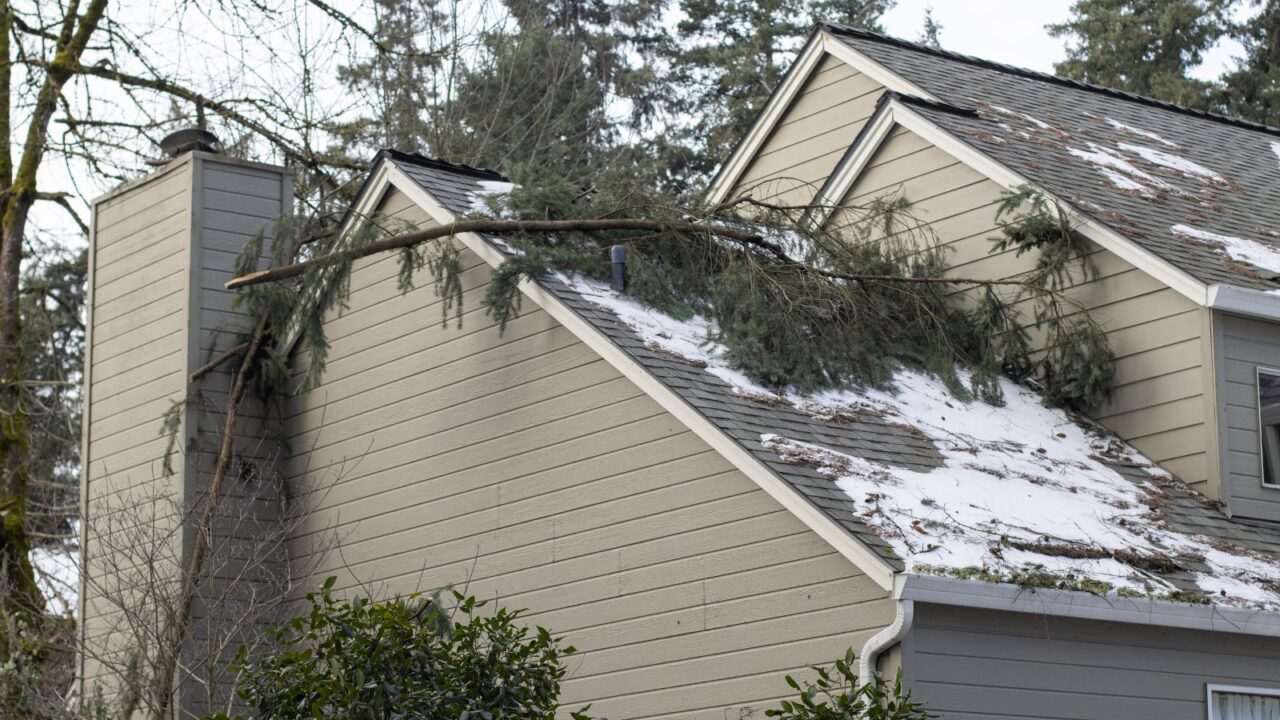
Trim Trees and Shrubs
Snow and ice can make overgrown or weakened tree limbs heavy enough to snap. To prevent them from damaging your roof or nearby structures, trim back any large branches that hang over your home or driveway.
Have a professional remove any dead or diseased trees before the winter storms hit.
Furthermore, potted plants should be brought indoors or into a sheltered area. Use burlap or frost cloths to cover tender plants susceptible to frost.

Install a Programmable Thermostat
A programmable thermostat allows you to control your home’s temperature more efficiently.
You can set it to lower when you’re asleep or away from home and increase it when you’re home and feeling cold. This way you can reduce energy waste while keeping your home comfortable.
Opt for wi-fi-enabled programmable thermostats. They allow remote access and can be controlled via smartphones or tablets.
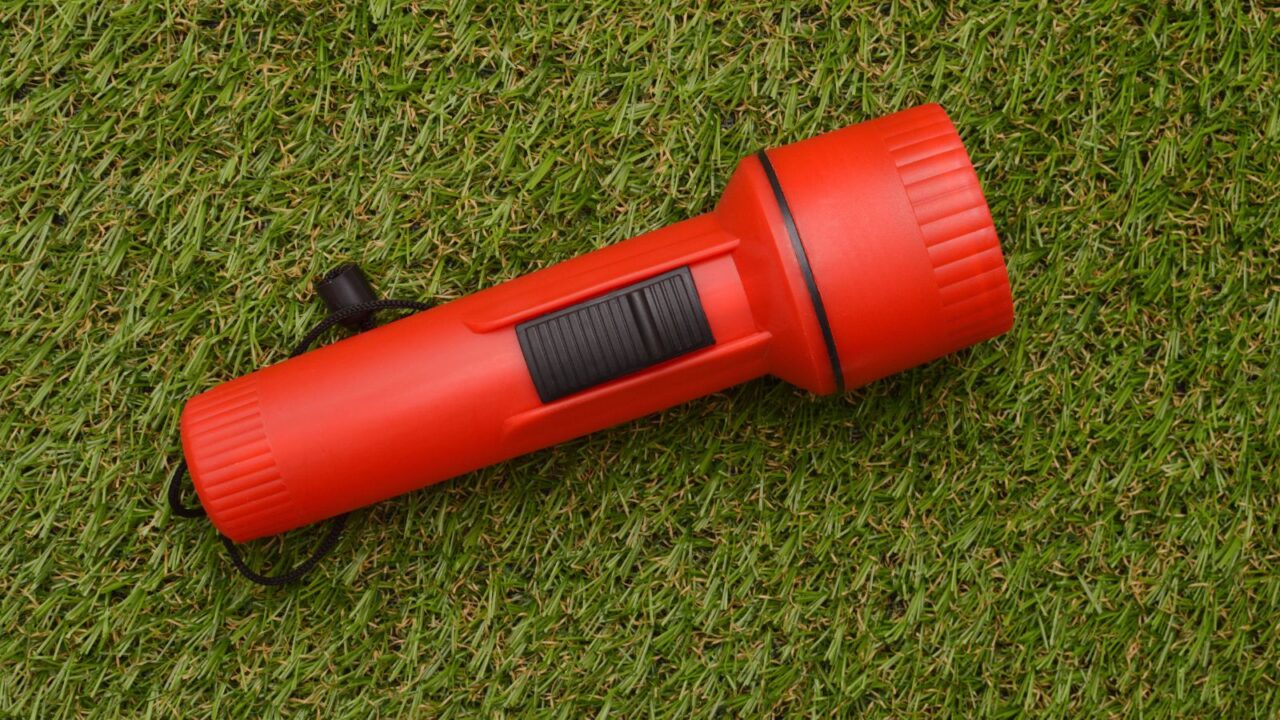
Prepare for Power Outages
Winter storms can lead to power outages, so it’s a good idea to have an emergency kit on hand.
Include flashlights, batteries, a portable phone charger, and extra blankets. Also, invest in a portable generator to keep essential systems running in case of extended outages.
A portable generator can power essential appliances, including space heaters, lights, and refrigerators. Or buy an uninterruptible power supply (UPS), that can power critical electronics or smaller heating elements during power outages.
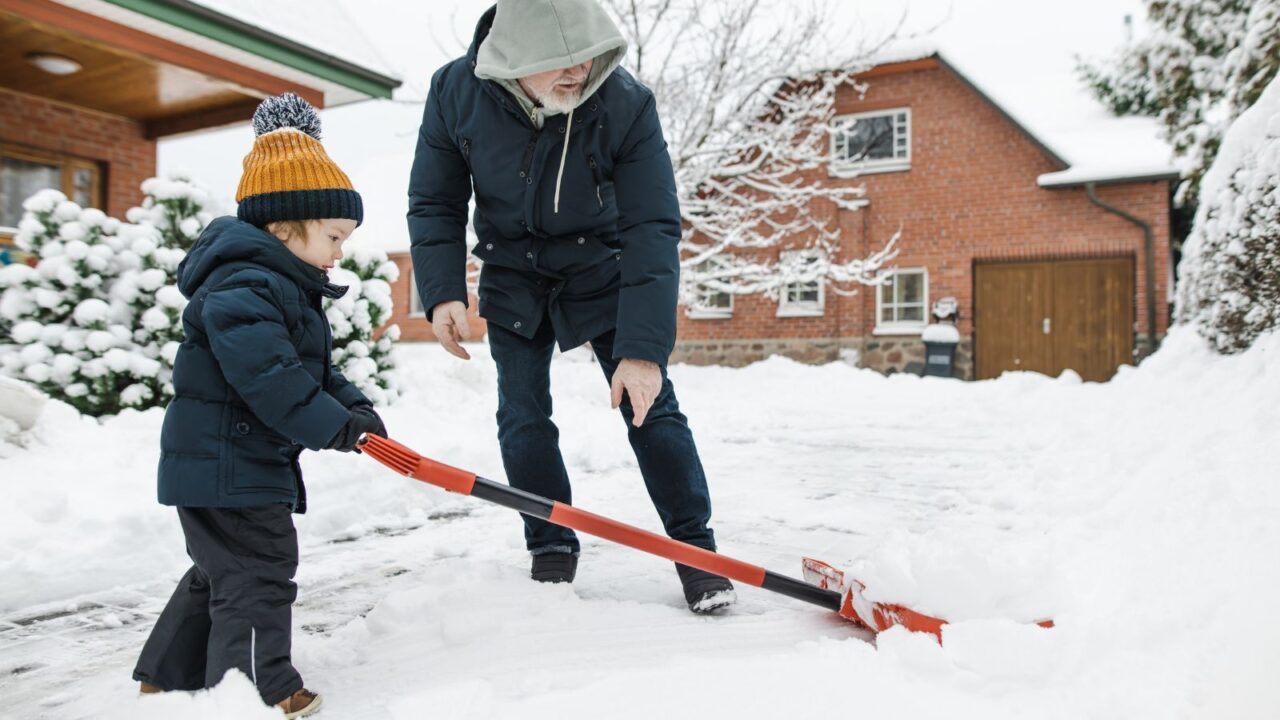
Stock Up on Winter Essentials
Make sure you have all the supplies you’ll need for winter, such as rock salt or sand for icy walkways, a sturdy snow shovel, and windshield de-icer.
Keeping these items readily available will make it easier to manage winter’s challenges.
Once heavy snowfalls begin, it can be difficult to see where driveways and pathways end.
Place snow markers along the edges of your driveway and walkways to help guide snow removal efforts and prevent damage to your lawn or garden beds.

Secure Water Sources
Outdoor water faucets and hoses can freeze and burst in cold weather. Disconnect all garden hoses from outdoor spigots. Store them indoors, then shut off and drain any outdoor faucets.
If you have a sprinkler system, make sure it is properly drained and winterized to avoid costly repairs. Furthermore, winterize your irrigation system by following the manufacturer’s guidelines.
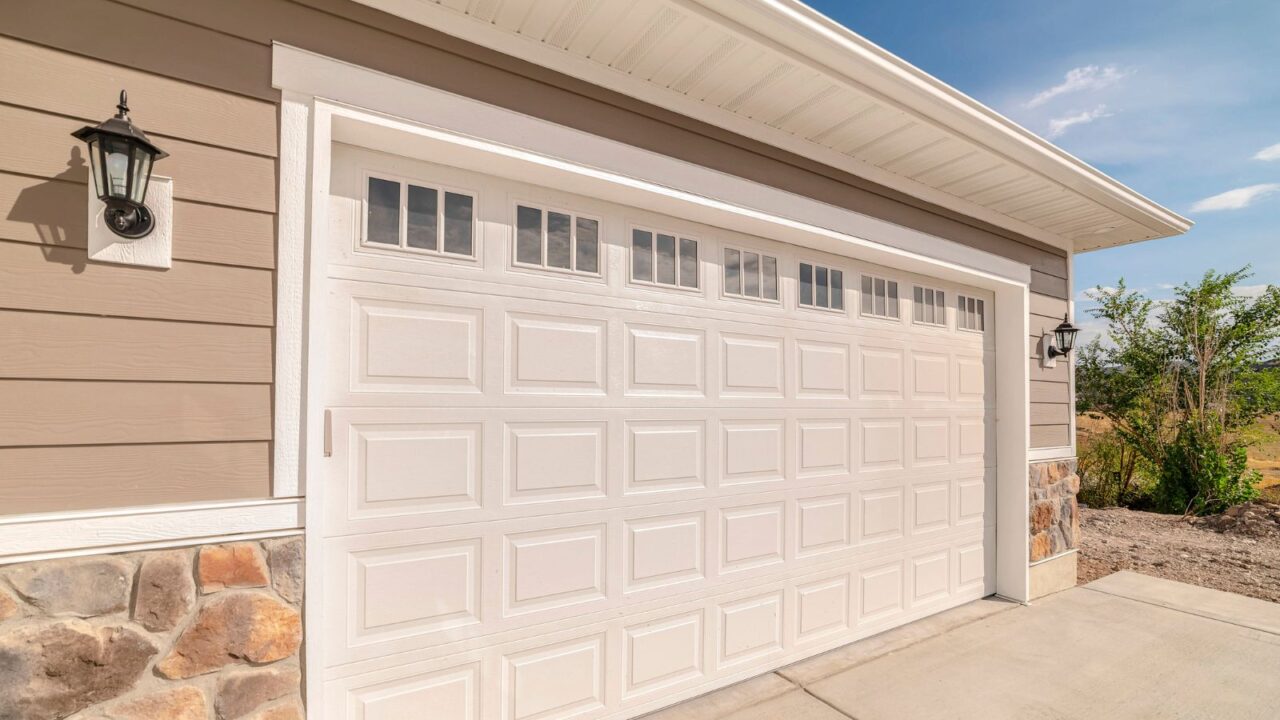
Prepare Outdoor Areas
Winter can be tough on outdoor spaces. Bring in or cover outdoor furniture, store garden hoses, and turn off exterior water faucets.
Also, check for any loose patio stones or paving, as the freeze-thaw cycle can cause these to shift and create trip hazards.
Moreover, keep salt or sand handy for de-icing walkways and driveways to prevent slips and falls. For more tips, explore Best Weatherproof Storage Solutions for Outdoor Gear ensuring your equipment stays safe through the harshest winter months.
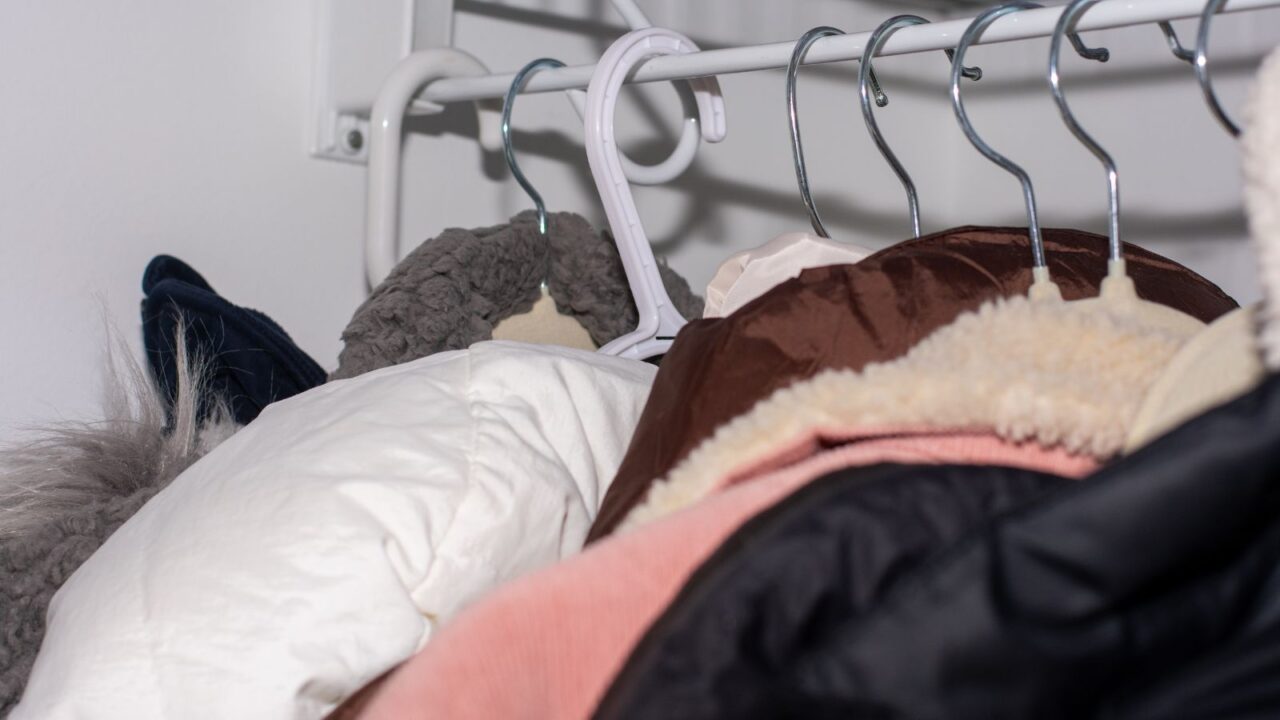
Winter Clothing Essentials
Ensure your children have the proper clothing to stay warm and comfortable during winter.
Layering is key. Start with moisture-wicking base layers, followed by insulating materials such as fleece or wool, and finish with a waterproof outer layer.
Stock up on essentials like waterproof gloves, hats, scarves, and boots with good grip for slippery surfaces. Check out Smart Ways to Prep Kids Closets for Winter to get more ideas.